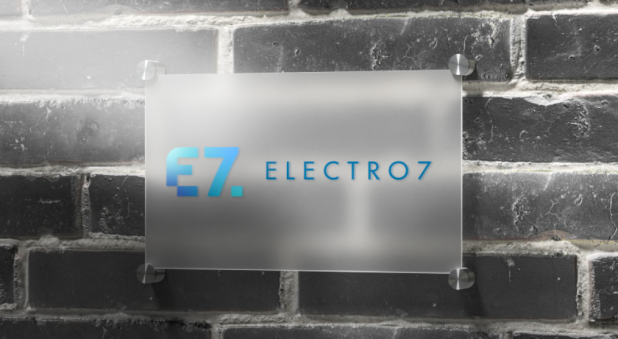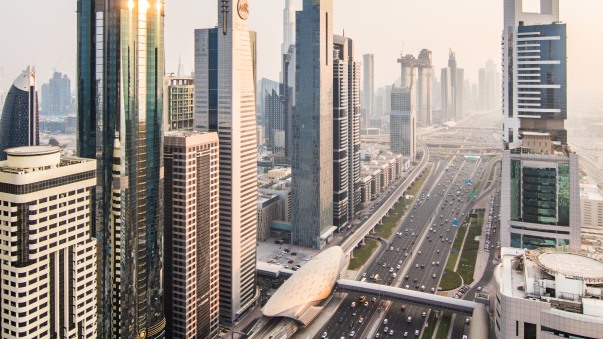
About Us
ELECTRO7 serves as the main company, leading our operations with a focus on innovative technological solutions and system integration. We are proud to have two affiliates that complement our business endeavors:
- iNET Measuring and Control Equipment: With 20 years of specializing in advanced measuring and control equipment, iNET supports our mission by providing installation and commissioning, services of solutions for various industries.
- Hulk Transport: Dedicated to efficient and reliable logistics, Hulk Transport ensures the seamless movement of goods, enhancing our supply chain capabilities.





